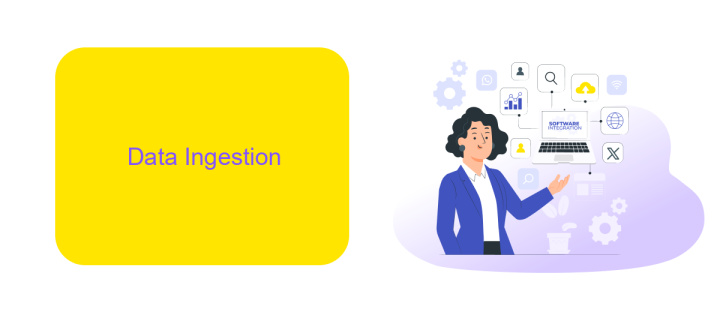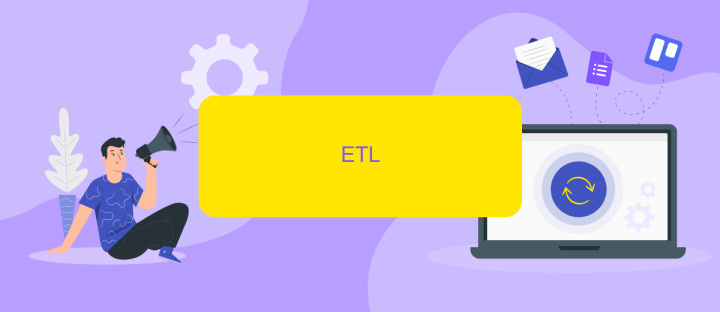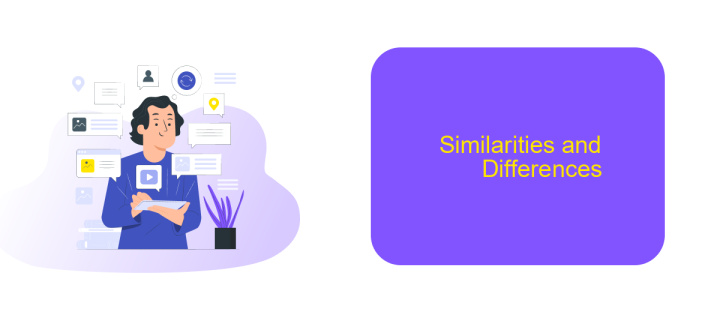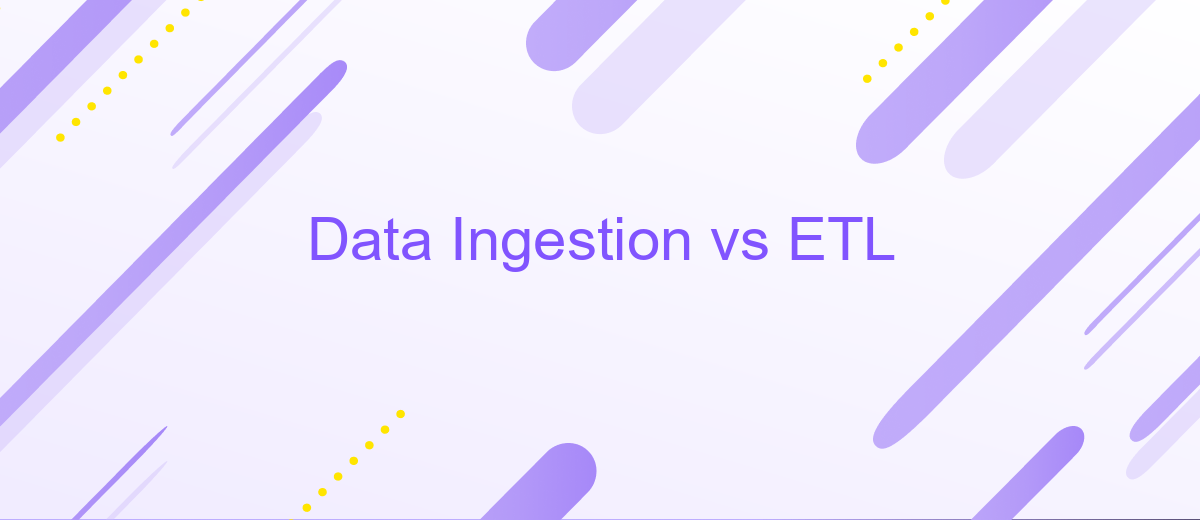Data Ingestion vs ETL
In the realm of data management, understanding the distinctions between data ingestion and ETL (Extract, Transform, Load) is crucial. Both processes play pivotal roles in how organizations handle and utilize data, yet they serve different purposes and operate differently. This article delves into the nuances of data ingestion and ETL, highlighting their unique functions and importance in modern data workflows.
Introduction
Data ingestion and ETL (Extract, Transform, Load) are fundamental processes in the realm of data management and analytics. Both play crucial roles in ensuring that data is accurately collected, processed, and made available for analysis. However, despite their similarities, they serve different purposes and come with distinct advantages and challenges.
- Data Ingestion: This is the process of collecting and importing data from various sources into a storage system.
- ETL: This involves extracting data from source systems, transforming it into a suitable format, and loading it into a target database or data warehouse.
Understanding the differences between data ingestion and ETL is essential for making informed decisions about data integration strategies. Tools like ApiX-Drive can simplify these processes by providing automated solutions for data integration, making it easier to manage and synchronize data across multiple platforms. By leveraging such tools, organizations can optimize their data workflows and ensure data consistency and reliability.
Data Ingestion

Data ingestion is the process of collecting and importing data for immediate use or storage in a database. This process involves gathering data from various sources such as databases, files, streaming data, and APIs. Once collected, the data is then transferred to a centralized location where it can be accessed and analyzed. The goal of data ingestion is to ensure that data is readily available for analysis and decision-making, providing organizations with timely insights.
Effective data ingestion requires the right tools and technologies to handle diverse data formats and volumes. One such tool is ApiX-Drive, which simplifies the integration process by connecting various data sources and automating data transfer. ApiX-Drive supports a wide range of platforms, making it easier to set up integrations without extensive coding knowledge. By leveraging such services, businesses can streamline their data ingestion processes, ensuring that data flows seamlessly into their analytical systems for real-time analysis.
ETL

ETL (Extract, Transform, Load) is a crucial process in data management and analytics. It involves extracting data from various sources, transforming it into a suitable format, and loading it into a data warehouse or another target system. This process ensures that data is cleansed, validated, and ready for analysis or reporting.
- Extract: This step involves retrieving raw data from different sources such as databases, APIs, and flat files.
- Transform: During this phase, the extracted data is cleansed, enriched, and converted into a consistent format.
- Load: Finally, the transformed data is loaded into a target system, such as a data warehouse, for further analysis or reporting.
To simplify the ETL process, integration services like ApiX-Drive can be extremely helpful. ApiX-Drive allows seamless connection with various data sources and automates the data extraction and loading process. This reduces manual effort and ensures data accuracy, making it a valuable tool for businesses looking to streamline their data workflows.
Similarities and Differences

Data Ingestion and ETL (Extract, Transform, Load) are fundamental processes in data management, often used interchangeably but with distinct differences. Both are essential for integrating data from various sources, ensuring its availability for analysis and reporting.
While Data Ingestion focuses on collecting raw data from multiple sources and loading it into a storage system, ETL involves extracting data, transforming it to fit operational needs, and loading it into a target database. Data Ingestion can be seen as the preliminary step before ETL.
- Data Ingestion: Collects raw data.
- ETL: Transforms and loads data.
- Data Ingestion: Handles real-time data streams.
- ETL: Often works with batch processing.
- Data Ingestion: Can be simpler, requiring fewer steps.
- ETL: More complex, involving data cleaning and transformation.
Both processes can be streamlined using integration services like ApiX-Drive, which automate data collection and transformation, making it easier to manage large volumes of data efficiently. Understanding their differences helps in choosing the right approach for specific data management needs.


Conclusion
In conclusion, while both Data Ingestion and ETL processes play crucial roles in managing and utilizing data effectively, they serve distinct purposes within the data pipeline. Data Ingestion focuses on collecting and importing data from various sources into a centralized repository, ensuring that data is readily available for further processing. On the other hand, ETL (Extract, Transform, Load) emphasizes transforming this raw data into a structured format that is suitable for analysis and reporting, adding a layer of data quality and consistency.
For organizations looking to streamline their data workflows, choosing the right tools and services is paramount. Platforms like ApiX-Drive offer robust solutions for automating data integrations, making it easier to manage both ingestion and ETL processes. By leveraging such services, businesses can ensure seamless data flow and maintain high data integrity, ultimately driving more informed decision-making and operational efficiency.
FAQ
What is Data Ingestion?
What is ETL?
How does Data Ingestion differ from ETL?
Can Data Ingestion be automated?
When should I use ETL over simple Data Ingestion?
Apix-Drive is a simple and efficient system connector that will help you automate routine tasks and optimize business processes. You can save time and money, direct these resources to more important purposes. Test ApiX-Drive and make sure that this tool will relieve your employees and after 5 minutes of settings your business will start working faster.

